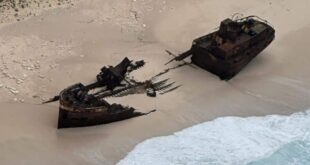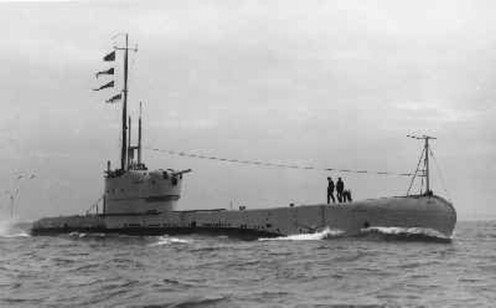
It was 10pm on 06 December 1941 when the submarine HMS Perseus struck an Italian sea mine in the waters between Zakynthos and Kefalonia. The country was already under Axis rule in the grip of World War Two, and both Ionian islands were under Italian rule, and watchful for enemy vessels. HMS Perseus was a British submarine that was built in 1929, and it served as part of the 4th submarine flotilla assigned to the Mediterranean where it ferried supplies between Malta and Alexandria during the war. On the 26 November 1941 the Perseus was given instructions to patrol the sea east of Greece as part of its passage route. Sadly as it traversed the waters between Zakynthos and Kefalonia almost two weeks later it hit a mine and all souls on board were lost, except for one.

John Capes – An Unlikely Hero
When HMS Perseus sank it was carrying sixty one crew/passengers. The only survivor was a man called John Capes. One of two non-crew members (although he was a serving member of the Navy) Capes was sailing to Alexandria. He was a Leading Stoker on the submarine HMS Thrasher and had had a troublesome year with personal issues and a court case. Once his issues had been settled he left Malta on HMS Perseus heading back to Alexandria, bunking in a torpedo rack as non-crew.
On the night of the 06 December, Capes and fellow crew passengers were roused by an explosion as the submarine hit a mine. The explosion was at the front of the vessel, in the darkness Capes made his way through the submarine to the engine room, clutching a bottle of rum. Finding three injured, but alive crew members, amongst the dead. Capes located some breathing apparatus (Davis Submerged Escape Apparatus), and they made their way to another compartment where they fired flares out of the sluice valve before using the Twill Trunk engine hatch to escape. It was a risky thing to do as the depth gauge noted that they were too far underwater and would likely run out of oxygen before reaching the surface.
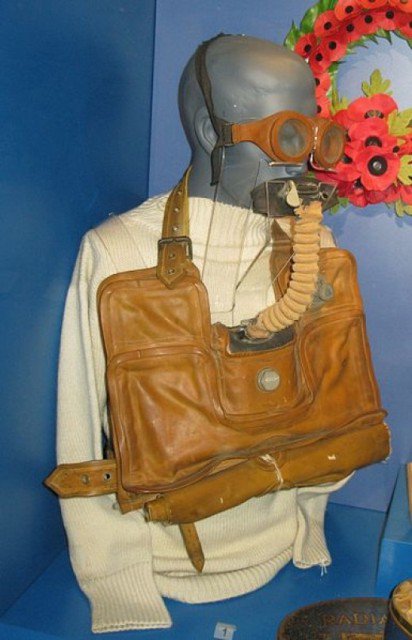
Despite the risk, all four men got out through the escape hatch, but sadly the fact that the submarine was so deep, combined with injuries already sustained, three of them died. Only Capes reached the surface alive, but he was suffering adverse affects from the lack of oxygen and the rapid ascent; reportly just over 80 metres. On the surface of the water Capes’ ordeal wasn’t over. He was alone in dark waters and had to swim five miles to the nearest land, whilst exhausted. He eventually made it to the island of Kefalonia, where he was rescued by Greek fishermen from Mavrata near the coast at Katelios. Upon his arrival he was taken in by locals, and hidden for a year and a half whilst the war continued to rage around them. Eventually Capes was smuggled off the island to Turkey, where he sought shelter in the British Consulate before heading to Alexandria, eventually returning to Naval service. John Capes received the British Empire Medal for Meritorious Service, he retired from the Navy in 1950, and finally passed away in 1985.
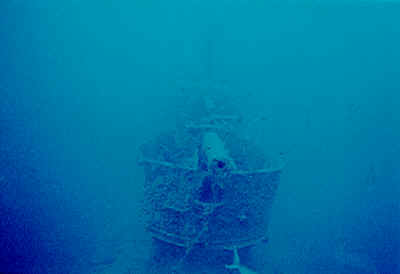
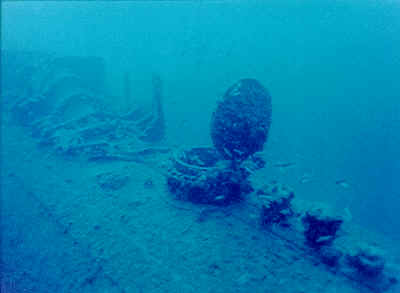
Recent underwater discoveries
In recent years the tale of the sinking of HMS Perseus and John Capes’ miraculous survival has been much reported. For a long time his story was only partly believed. Many found his accounts of what happened on the night of the sinking doubtful, there are a number of accounts and depending which you read some of the details vary slightly. But in 1997 a Greek archeologist lead an underwater excavation to the site where HMS Perseus sank, and they not only discovered that the sluice valve and escape hatch were open just as Capes had described, but also that other evidence noted by Capes in his retelling of what happened existed, such as a bunk in a torpedo rack and a bottle of rum in the engine room. These consistent details lead the archaeological team to therefore conclude that not only had Capes been on the submarine, but he had indeed escaped from the vessel as he had said. Capes was finally vindicated and proved worthy of the British Empire medal he had received.
The site of HMS Perseus is now an official war grave, a memorial was erected in Poros, in memory of the souls onboard who were lost on that terrible day, 06 December 1941.
To view a video of the site as it is now, click here.
 Zakynthos Informer Zakynthos Informer
Zakynthos Informer Zakynthos Informer



